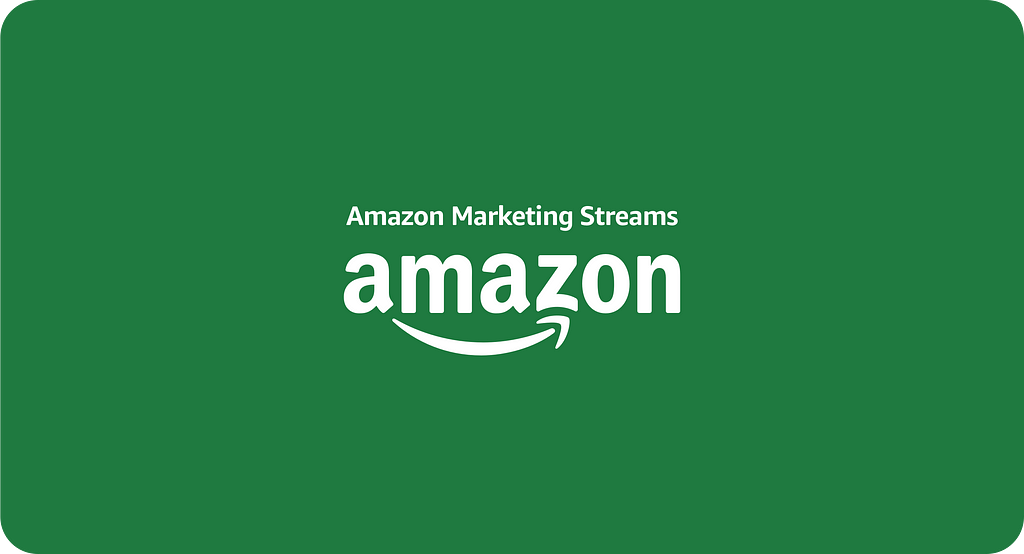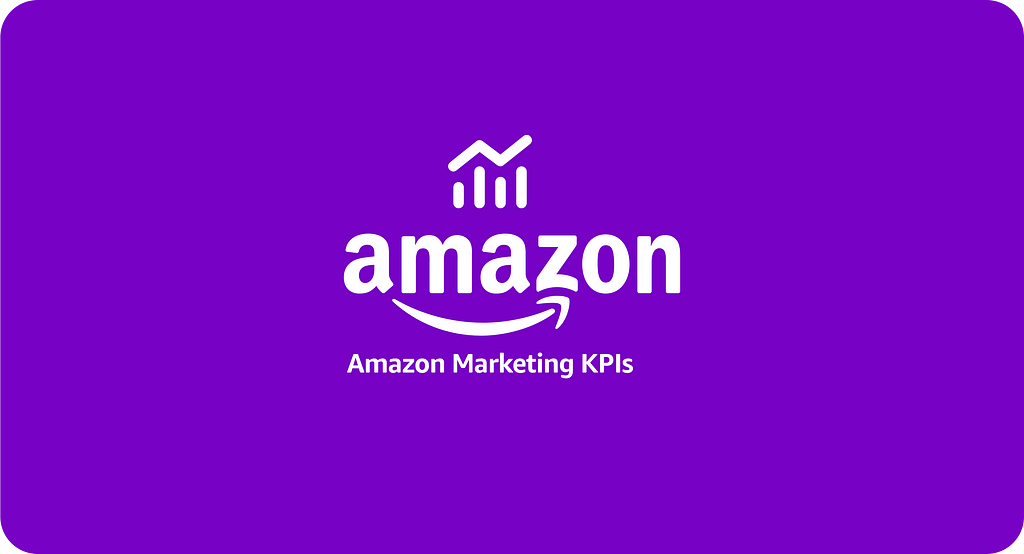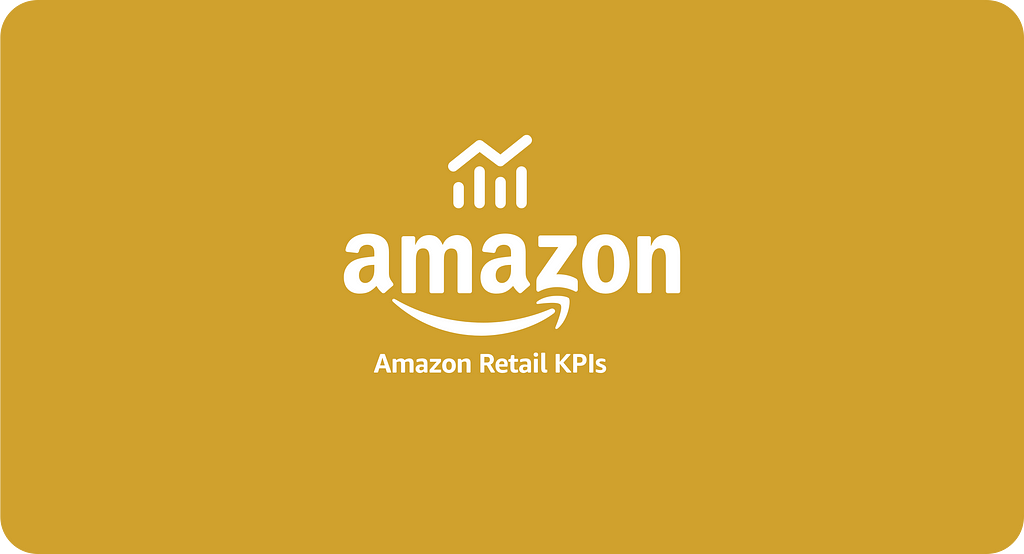
Supercharge Your Online Marketing Strategy
As of June 2022, the Amazon Advertising team offers a beta of the Amazon Marketing Stream service. The service delivers near real-time performance data to advertisers.
Amazon Marketing Stream will allow you to unify and analyze hourly feeds of advertising data in a private, trusted data lake or cloud warehouse allowing you to use tools like Tableau, Power BI, Google Data Studio, and many others.
What Are The Benefits Of Amazon’s Marketing Stream?
Amazon Marketing Stream allows you to understand better how campaigns perform by pushing the delta values instead of aggregates. This helps you see how campaign performance changes over time, allowing you to refine your digital marketing strategy. The new service offers benefits when compared with an API-based reporting:
- Improved data granularity: Traffic and conversion data is summarized hourly, compared with a daily granularity if you’re using the reporting API. The data is streamed automatically to your AWS account, which you’ll provide when you subscribe to the Amazon Marketing Stream data set.
- No throttling: With Amazon Marketing Stream data streaming, you no longer need to make frequent API calls for intra-day updates. This helps to prevent throttling while also increasing data accuracy.
- Near real-time messaging: Get notified about budget consumption, such as when campaigns are running out of budget.
- Deep Dive: Show all dimensions available in a single dataset, such as performance at the target ID, placement, or ad level. This includes granular data such as keyword performance for a given placement.
What Types Of Data Is Available In Amazon Marketing Stream?
Currently, Amazon’s Marketing Stream includes two categories of data: reporting and messaging.
- Reporting data: Amazon Marketing Stream reporting includes an advertiser’s processed (non-raw, summarized) performance data, including traffic and conversions sent hourly, along with data dimensions necessary for analytics.
- Messaging data: Amazon sends notifications for state changes and other events in near real-time. Currently, this messaging includes budget consumption and will send a notification whenever your budget allotment changes by 5% or more. In the future, we plan to expand the messaging to include notifications about product eligibility, bid recommendations, and other events.
How Can Amazon Marketing Stream Retail Sales?
The use of AMS allows various digital marketing disciplines to fuse performance data from media investments with orders, returns, inventory, and other Selling Partner feeds.
All the retail, reporting, and messaging data is unified in a private data lake or cloud warehouse technologies like Amazon Redshift, Amazon Redshift Spectrum, Google BigQuery, Snowflake, Azure Data Lake, Ahana, and Amazon Athena.
Turbocharge reporting, analytics, and insights tools like Google Data Studio, Tableau, Microsoft Power BI, Looker, Amazon QuickSight, SAP, Alteryx, dbt, Azure Data Factory, Qlik Sense, and many others.
With data unified and using your favorite analytic tools, you can start to ask questions like;
- Do we have an effective ecommerce marketing strategy? How can we optimize based on AMS?
- What impact on e-commerce sales are we seeing based on our optimizations?
- Do we need to refine our broader digital strategy? Do we need to adjust messaging or create off Amazon in our social media marketing campaigns?
- Do our marketing goals align with the performance we see in our Amazon business? Any adjustments to the mix in our online marketing channels
What Are The Requirements For Amazon Marketing Streams?
- Status: Beta
- Campaign type: available for Sponsored Products only.
- Region: Available in North America only (CA, MX, US)
- Cadence: Hourly
- Technology: You must have an Amazon Web Services account and a data lake or cloud data warehouse to store all the data
- History: Since this is a real-time data stream, there is NO historical data. Data starts flowing from the point of activation. Amazon does not support replaying events that happened in the past.
- Data volumes: The volume of information is significant. As such, you may have increased storage costs and query costs.
Understanding The Costs Associated With Amazon Marketing Streams
The Amazon Ads team does not charge for the service. However, if you are considering AMS, you must factor in how the scope and frequency of Amazon Marketing Streams data may impact overall costs.
Like any near-realtime data feed, streams mean more data is coming at your more quickly. All that data has to be stored somewhere. A cloud warehouse or data lake is required. The warehouse or the lake will constantly have new information for processing and loads. Near-real time means your system will always be “busy” processing and loading data. This activity has costs.
For example, let’s assume you use Snowflake. Snowflake’s pricing model is based on two consumption-based metrics: usage of computing resources and data storage. The more Snowflake is “active,” your consumption-based costs increase accordingly.
Let’s compare the cost variation between typical Amazon Ads reports and Streams;
- API Reports: API reports are processed daily and use about 60 minutes of computing time per day. The reports total about 200 GB of data per month. Your Snowflake costs will be about $140 a month.
- Near-Realtime Streams: Streams are processed every hour, every day, for about 5–10 minutes. The amount of data generated is about 2 TB of data each month. Your Snowflake costs will be about $550 a month.
While this is a hypothetical example, it is meant to highlight choosing to use AMS will have cost implications.
Don’t want to use Snowflake? Even if you decide to use Redshift from Amazon Web Services or BigQuery from Google Cloud, the same concepts of cost and performance considerations apply. They may be slightly different implications, but they exist nonetheless.
The key takeaway is that the Amazon Marketing Stream should not be viewed as a different type of report. The velocity and scale of the data far exceed your regular reports. As a result, even though Amazon Ads does not charge for AMS service, you should be mindful of the broader total cost of ownership when using near-real-time data service.
Amazon Marketing Stream Datasets
Currently, three core datasets are part of streams. They are;
- Sponsored Products traffic (sp-traffic)
- Sponsored Products conversions (sp-conversion)
- Sponsored ads budget usage (budget-usage)
We go into each of these below as currently defined by Amazon. Please note these are subject to change given the service is in beta.
Sponsored Products traffic (sp-traffic)
The sp-traffic dataset contains click, impression, and cost data related to Sponsored Products campaigns. Initial click data is available within 12 hours of the ad click. As part of the traffic validation process, clicks can be invalidated during the following 72 hours post the initial report. Amazon Marketing Stream will automatically deliver any adjustments to your queue.
The total cost of all clicks. Expressed in local currency.
Sponsored Products conversions (sp-conversion)
The sp-conversion dataset contains conversion data attributed to Sponsored Products campaigns. Conversions for Sponsored Products campaigns are reported based on the hour when the click they are attributed to occurred. Conversion data is reported daily, weekly, and monthly, and you should expect to receive revisions to conversion data up to sixty days after the initial click.
The total number of units ordered within 30 days of ad click where the purchased SKU was the same as the SKU advertised.
Sponsored ads budget usage (budget-usage)
The budget-usage dataset provides the budget status (spend compared to budget) for sponsored ads (Sponsored Products, Sponsored Display, or Sponsored Brands) campaigns and portfolios. Advertisers receive notifications at every 5% interval of budget consumption. Amazon Marketing Stream pushes budget usage updates in near real-time. You should receive a notification soon after your budget usage increases by 5%. Due to Amazon’s traffic validation process, it is possible that you may receive the same notification twice. For example, if a click is invalidated, that may reduce your budget usage under the 5% threshold.
Summary
With Amazon Marketing Stream you can access all of the data related to your product ads. Amazon Marketing Stream “pushes” updates rather than the current “pulling” of report snapshots. While Ad reports are still a critical part of understanding performance, streams offer additional views into how well your media investments are impacting marketing plans and broader business outcomes.
If you are interested in participating in a Marketing Stream beta, let us know.
Openbridge is an Amazon Ads verified partner, Amazon Selling Partner, and part of the AWS Partner Network. We support the complete suite of Amazon Sponsered Advertising reports as well as performance data from the Amazon Demand-side Platform (Amazon DSP) and Amazon Attribution.
Get a 30-day free trial so that you can try Openbridge for yourself.
Amazon Marketing Stream: Near-Realtime Ads Data was originally published in Openbridge on Medium, where people are continuing the conversation by highlighting and responding to this story.
from Openbridge - Medium https://ift.tt/cP4dW2Z
via IFTTT




